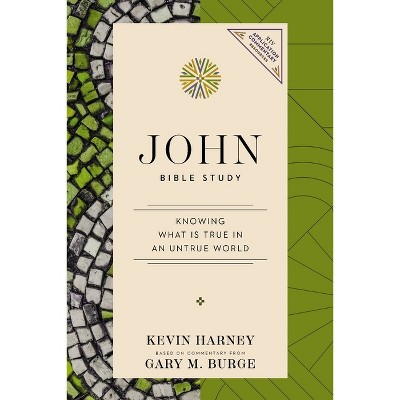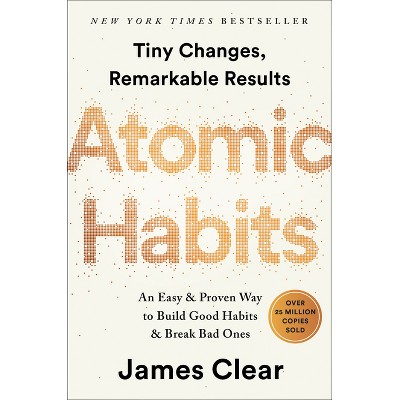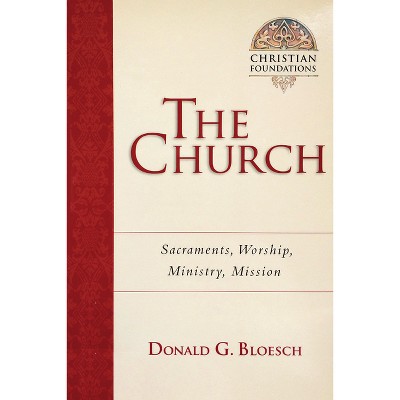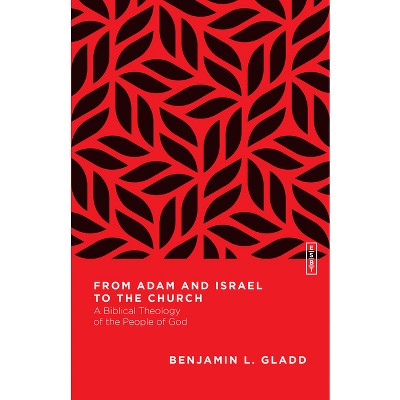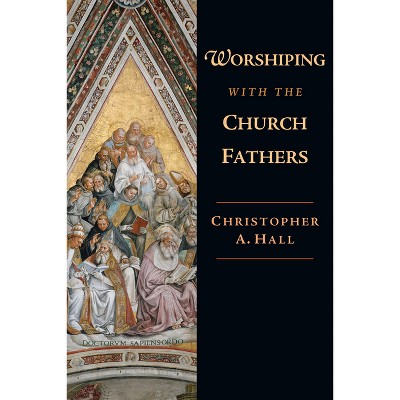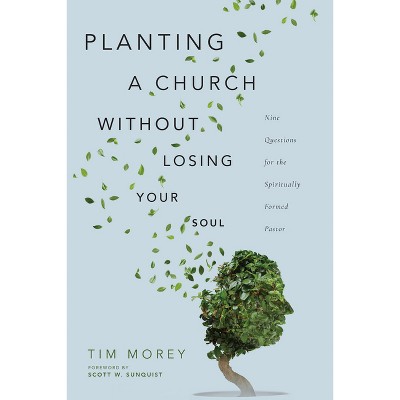Sponsored

Brown Church - by Robert Chao Romero (Paperback)
In Stock
Sponsored
About this item
Highlights
- The Latina/o culture and identity have long been shaped by their challenges to the religious, socio-economic, and political status quo.
- About the Author: Robert Chao Romero (PhD, University of California at Los Angeles; JD, University of California at Berkeley) is associate professor in the Departments of Chicana/o Studies and Asian American Studies at the University of California at Los Angeles.
- 248 Pages
- Religion + Beliefs, Christian Theology
Description
About the Book
The Latina/o culture and identity have long been shaped by their challenges to the religious, socio-economic, and political status quo. Robert Chao Romero explores the "Brown Church" and how this movement appeals to the vision for redemption that includes not only heavenly promises but also the transformation of our lives and the world.
Book Synopsis
The Latina/o culture and identity have long been shaped by their challenges to the religious, socio-economic, and political status quo. Robert Chao Romero explores the "Brown Church" and how this movement appeals to the vision for redemption that includes not only heavenly promises but also the transformation of our lives and the world.
Review Quotes
"Brown Church is a truly significant book, filling a unique and critically important niche at this historic juncture. For emerging Latinx generations, this book offers consuelo y animo (comfort and inspiration)-a way to connect roots and wings. For scholars, activists, and church leaders, this book translates wisdom and integrates worlds, bringing us all together to a place of common understanding and mutual enrichment. As professor and pastor, I will use and recommend this book; it is a treasure."
"As a historian, lawyer, and pastor, Dr. Chao Romero integrates disciplines to clearly argue that the Brown Church has played and will continue to play a critical role in Christianity. The Latina/o community has not only survived church- and state-sanctioned oppression and injustice, we are thriving in the midst of it. Latina/o churches' integrated understanding of the gospel is demonstrated in the way that our Spirit-filled worship is not separated from our Spirit-empowered pursuit of justice. Brown Church is a book not only for Latinas/os; it is a book for all Christians to grasp the power and depth of what the Brown Church offers Christians who seek to understand the whole gospel."
"Brown is the color of the blood of slathered communities for five hundred years crying to God from the lands of the Americas (Gen 4:10). It is the color that symbolizes both the pride and oppression of those sacrificed to the voracity of colonial modernity, depredatory capitalism, and civilizing Christian missions. But Brown Church is also an embedded witnessing to Jesús of Aztlán, walked in pain and hope by border communities in the power of the decolonial Spirit outside the gate. Brown Church showcases recovered history of Christian activism, uncovered human dignity, and above all, the ecclesial imagination called home by a Latinx generation of Christians that for too long have lived stripped of their own faith and sense of mission as decolonial justice. Readable, well documented, passionately evangélico, Robert Chao Romero's work may very well be his new manual of 'church for revolutionaries.'"
"Here is a sweeping and fascinating account of the vital theologies and prophetic witness of the Brown church in the Americas. Weaving together stories of oppressed Latin American and US Latina/o communities, Robert Chao Romero tells of faithfulness to Christian calling, commitment to biblical justice, and collaborative theologies that challenge injustice and transform society. Brown Church is a story for the entire church as it seeks to fulfill its callings in the twenty-first century."
"Passionate, theological, and formational! This is a book that redefines the social identity of the Brown Church, breaking away from religious stereotypes of the Latina/o community and uncovering a rich legacy and discussion of Latina/o faith and identity. Chao Romero tells the bold, proud history of advocacy and the work of social justice across the centuries of the Brown Church, including scriptural and theological foundations, so that the children of the Brown Church and those seeking to understand her may clearly see her spiritual light and the costly marks of faithful, creative courage and sacrifice."
"While it focuses on the Brown Church and presents a dramatic and engaging picture of Brown experience and theology, this book is about much more than the Brown Church. It is about church, gospel, truth, and justice. It is about me who is Brown but also about you who are not. This is an important read for any who wish to be faithful Christians in today's context."
"Written by a scholar and pastor, Chao Romero's Brown Church breaks new ground in Christian evangelical studies. This work traces the experience, praxis, and contribution of Latina/o Christians to a conception of the Christian faith that sees and enacts the relationship of the Gospel and societal transformation as necessarily interdependent. We find in this account how historically marginalized church communities sustained their Christian faith while pursuing justice and political conditions conducive to the social and spiritual well-being of Latinas/os, even as they were ignored by many a majority-culture Christian. With an original methodology, Brown Church highlights the study of Latina/o spirituality by using tools from sociology, critical theory, history, and theology to center the longstanding presence of a suffering and joyous part of the body of Christ for the sake of the Gospel."
About the Author
Robert Chao Romero (PhD, University of California at Los Angeles; JD, University of California at Berkeley) is associate professor in the Departments of Chicana/o Studies and Asian American Studies at the University of California at Los Angeles. He is the author of the award-winning The Chinese in Mexico, 1882-1940, Jesus for Revolutionaries: An Introduction to Race, Social Justice, and Christianity, and Mixed Race Student Politics.
Shipping details
Return details
Frequently bought together
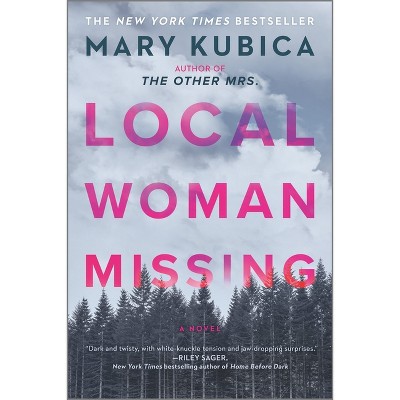

Trending Non-Fiction




